By Jonathan North
The shattered remains of Napoleon’s once brilliant Grande Armée entered Smolensk on November 9, 1812. Taking stock of the situation, the emperor realized that he and his army couldn’t possibly winter in the charred remains of the city. Between the 12th and the 17th the weary, starving frozen mass, reduced now to some 50,000 effectives, quit Russia’s second city to continue its chaotic withdrawal. But near the little village of Krasnoi to the west, Napoleon’s line of retreat was cut off by the Russian main army, which had been following the French but circumvented Smolensk. For the next three days the Grande Armée fought a ferocious series of battles, cutting their way through the Russians with the loss of some 20,000 men.
The defeat of Mikhail Kutuzov’s Russians, bloodied and swept aside, raised French morale, as did the numerous supplies gathered at Orsha. But they were to be plagued by misfortune and it was here that they first heard ugly rumors of the surrender of Minsk—a key French base 150 km to the southwest—and the news that Russians under Admiral Pavel Tchichagov were advancing to cut the French line of retreat at the Berezina River. The bridge at Borisov now assumed tremendous importance, threatened by Russians advancing from the south and Peter Wittgenstein’s Russians pressing down from the north. The Grande Armée that once numbered more than 600,000 on this campaign, was still being followed by Kutuzov and in danger of being crushed between three Russian armies.
Tchichagov took Minsk on November 17 but did not spend long there, hurrying northward to the Berezina with his veteran force, battle-hardened by five years of war against the Turks in Bulgaria. Count Langeron, who commanded a division in this Army of Moldavia, wrote: “We had over 35,000 excellent troops—more than enough to gain the result we hoped for. These 35,000 heroes, veterans of ten campaigns, in good health, well fed, well armed, well equipped, could, if properly employed, overcome the 80,000 ragged, discouraged, and demoralised wretches with whom Napoleon was fleeing from Moscow.”
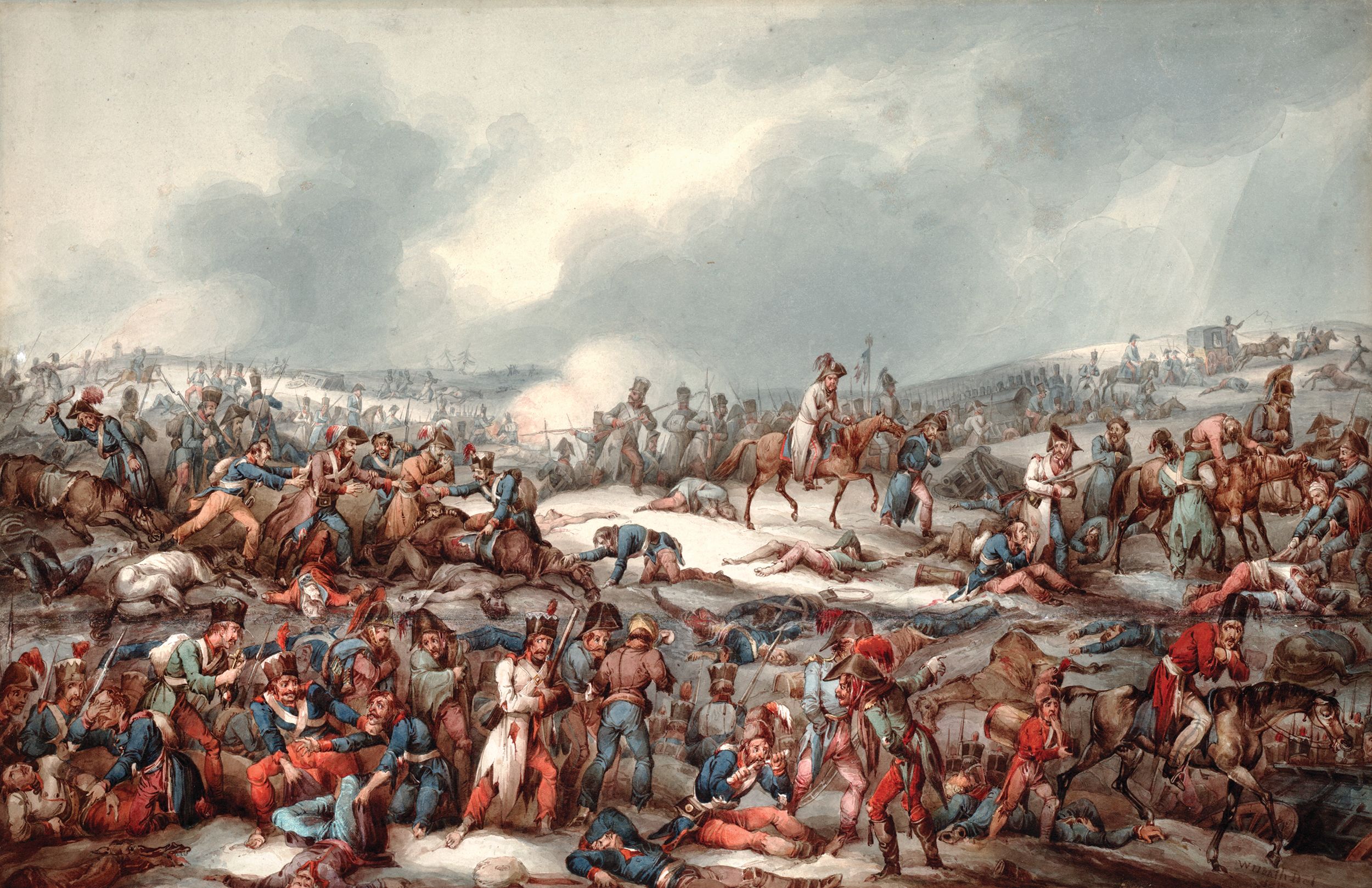
On the 21st his vanguard defeated a weak French garrison defending the bridge at Borisov. The Russians drove the French, commanded by Johann Dombrowski, over the bridge and out through the little town. The remnants of Dombrowski’s troops ran into the II Corps of Nicolas Oudinot, who had been ordered by Napoleon to protect the Berezina crossing. Alarmed by the news that the enemy now occupied Borisov, he sent his cavalry and the cuirassiers of Doumerc against Pahlen’s Russians.
The French swept into the town but were unable to secure the bridge, which the Russians burned as they withdrew, severing the only crossing over the Berezina. Things looked bleak for the French. As Capt. Johann von Borcke, a Westphalian staff officer in Jean-Andoche Junot’s VIII Corps, wrote: “A dark rumour had spread that two enemy armies were threatening our line of retreat, after Kutuzov’s army had let us out of its clutches and halted on the Dnepr. Without really being pursued, we approached the Berezina, but on the way these rumours steadily gained substance, and the names ‘Tchichagov’ and ‘Berezina’ passed from mouth to mouth. At the time of our advance in the summer the river had looked insignificant, but now it looked as though any crossing would be strongly contested. People remembered the long wooden bridge at Borisov and its black marshy banks; these recollections, and the prospect of having to fight our way through another Russian army, sent shudders through us.”
At Tolochin, Napoleon heard that Minsk had definitely fallen, its slow-witted governor, Mikolaj Bronikowski, having been surprised and chased out of the city by the quick-moving Russians. At Bobr news came that the Borisov bridge had been taken by Tchichagov. On the morning of the 25th the emperor was told that the Borisov bridge had been destroyed by the retreating enemy. At first the emperor hoped a crossing might still be attempted at Borisov and even reconnoitered the site in person—but with 30,000 Russian troops in the area, a successful operation seemed highly unlikely. Oudinot reported that his light cavalry commanded by Jean-Baptiste Corbineau had discovered a ford near the little village of Studienka and the Marshal decided to use this ford as a crossing point, although the water was 1.5 meters deep and the river had widened due to a recent thaw.
Napoleon dispatched General of Engineers Jean-Baptiste Éblé and General François Chasseloup with four hundred pontonniers—pontoon bridge builders—to aid Oudinot’s artillery, commanded by Gen. Claude-Charles Aubry, in construct a crossing at Studienka.
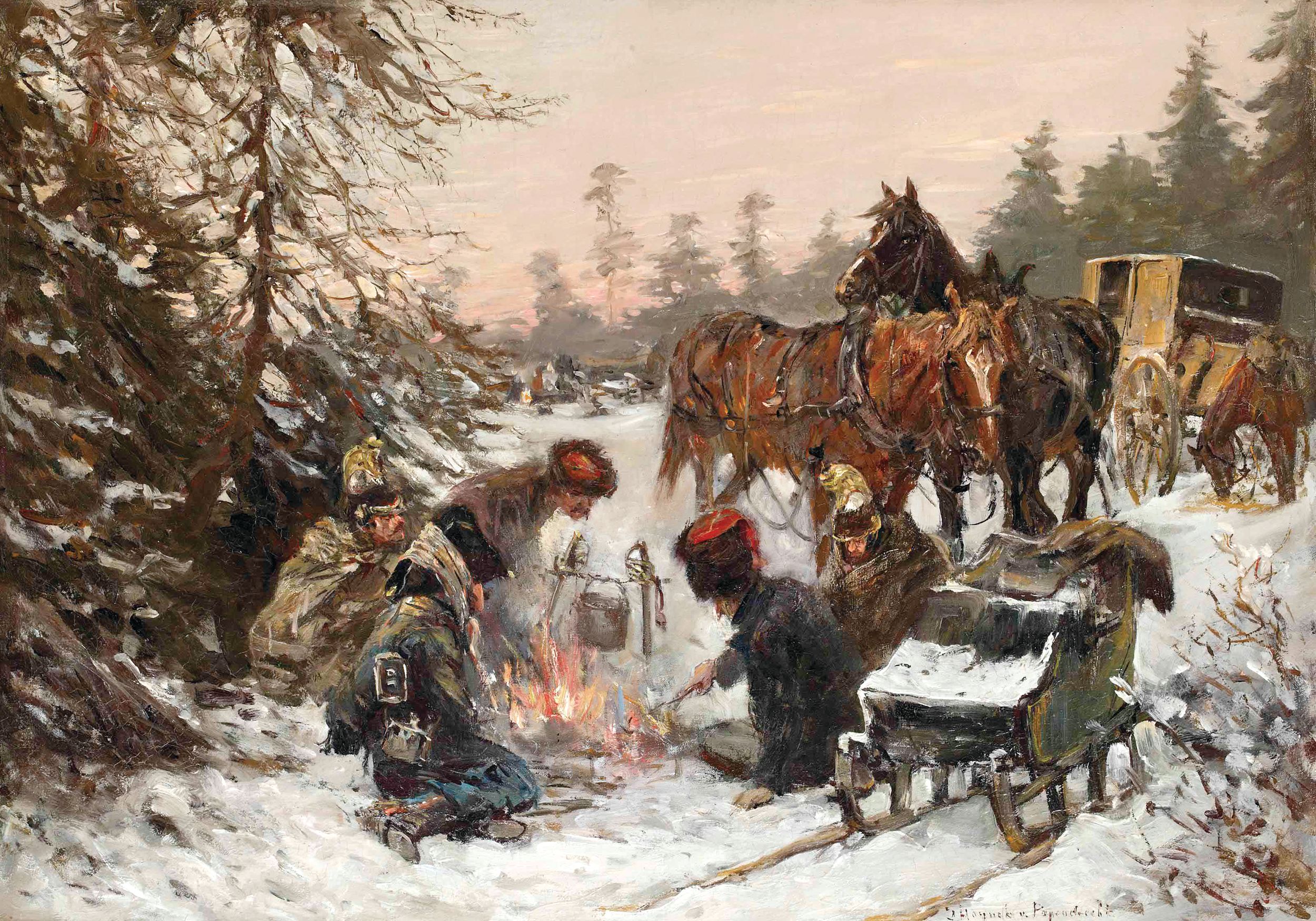
A detachment of Oudinot’s troops made a demonstration to the south of Borisov, hoping to draw the Russians away from the scene of the impending action. To the surprise of all, the ruse worked. Not knowing the exact whereabouts of the armies of Napoleon and Kutuzov, Tchichagov thought that Napoleon might well try and cross the Berezina farther south in order to make for Minsk, so he took his troops to Usha—leaving just Langeron opposite Borisov and a screen of cossacks opposite Studienka.
The cossacks, attached to Yefim Tchaplitz’s cavalry division, were cleared away by Corbineau’s cavalry, which swam across the river, and the French began the painstaking task of constructing their bridges. Studienka had virtually no available wood and Eblé, who had destroyed the bridging train at Orsha saving only two wagons with essential tools, began work on the night of November 25. His gallant pontonniers—some of whom were Dutch and some sailors of the Imperial Guard—worked shoulder deep in freezing water. Many were swept away by the current, while others were battered by ice floes. Napoleon had spent the 26th supervising the construction of the bridges and encouraging the pontonniers and engineers and by the early afternoon two 100-meter bridges had been constructed—one for infantry and cavalry and the other for vehicles and artillery.
Oudinot and Dombrowski were the first to cross, forcing the cossacks and Chaplitz’s troops back to Bolshoi-Stakhov. They also secured a series of bridges that took the Vilna road over treacherous marshes around Zembin. As Oudinot was crossing, the main army—consisting of the Imperial Guard and the shattered remains of I (Davout), III (Ney), IV (Eugene, Viceroy of Italy), V (Zajonczech), VIII (Junot) Corps and the Reserve Cavalry (Latour-Maubourg)—lurched onward toward Borisov and upriver toward the crossing point. The weary Grande Armée was largely ignorant of what was taking place, as Capt. Heinrich von Brandt of the Vistula Legion writes: “After passing through Borisov, we stuck close to the banks of the Berezina and followed it upstream until we reached a village. We halted there for perhaps 15 minutes. On the far bank we could see the glare of Russian campfires. The snow continued to fall, and we sank into it up to our ankles. We were again ordered to move forwards. Our superior officers had been kept in complete ignorance as to the meaning of these movements and still believed that Napoleon would attempt to repair the Borisov bridge and cross there.”
Claude-Victor Perrin, known as Victor, commanded three divisions of IX Corps and took over rear-guard duties from Davout. He prepared to face Wittgenstein, Platov, and Yermolov, who had been sent on ahead from Kutuzov’s main army at Kopys.
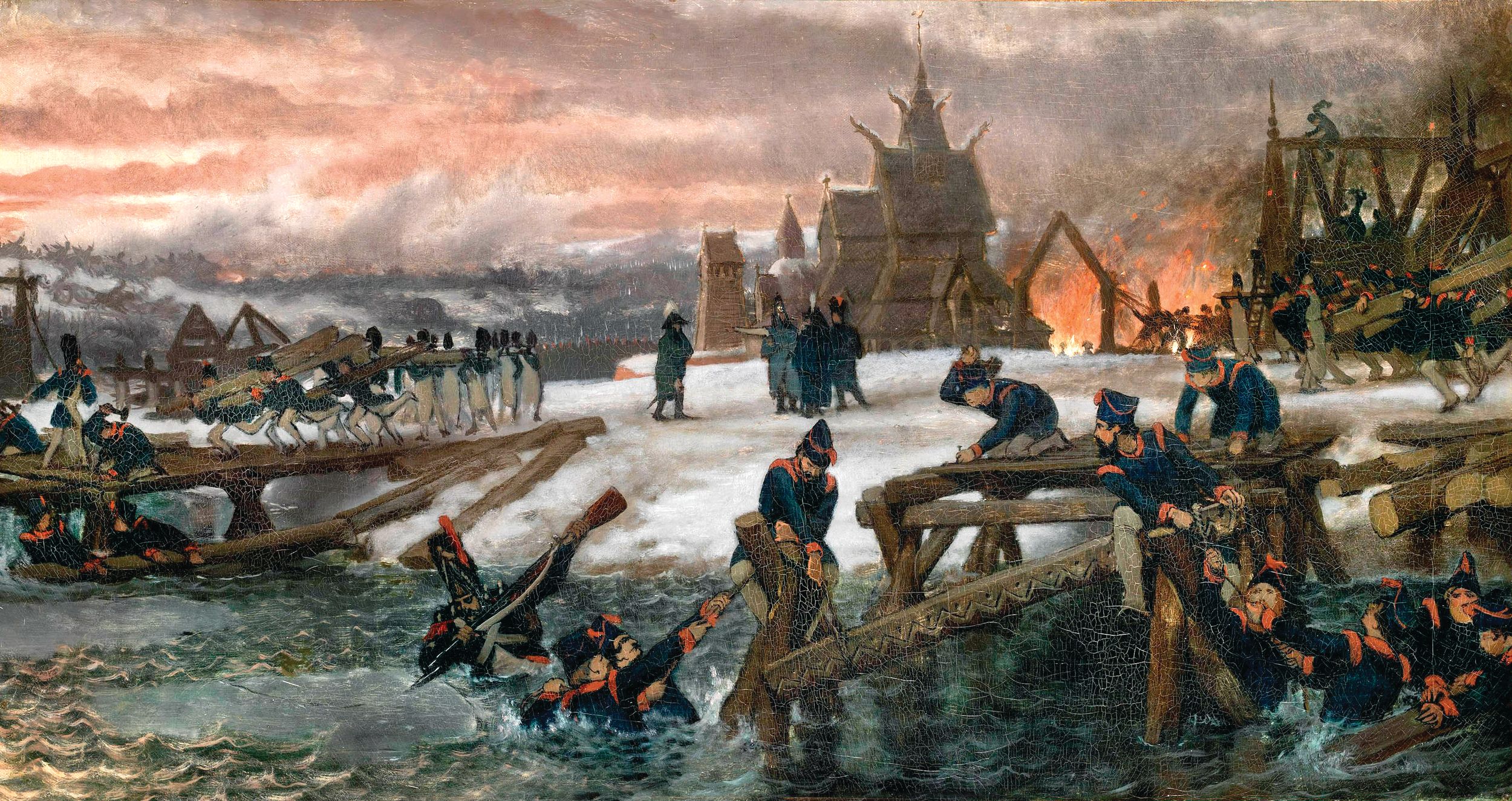
Throughout the morning and the afternoon of the 27th, Marshal Michel Ney, with III and V Corps, the remnants of the Minsk garrison and Gen. Michel Claparède’s division of the Young Guard, crossed over in support of Oudinot, marching three men abreast over the fragile infantry bridge. Brandt, in Claparède’s division, describes the crossing: “It had stopped snowing, the cold had eased off slightly and it promised to be a fine day. It must have been around ten o’clock when our division, deployed in columns, began to cross the Berezina. Our carriage was following on behind but was stopped by gendarmes posted by the bridge who told everyone to ‘get out as coaches can go no further’. We had to walk, relinquishing our carriage which had served us so well since Smolensk and which we would never see again. All the vehicles abandoned on that side of the river fell into the hands of the enemy and this was a savage blow indeed for the wounded. At this point the Berezina was at least fifty paces wide and was from eight to ten paces deep and bore drifting ice floes along in its current. The planks of the bridge were by no means even and when we crossed some of the planks were already missing, especially as we drew closer to the far bank. There the entire bridge was below the water-level and we had water up to our ankles.”
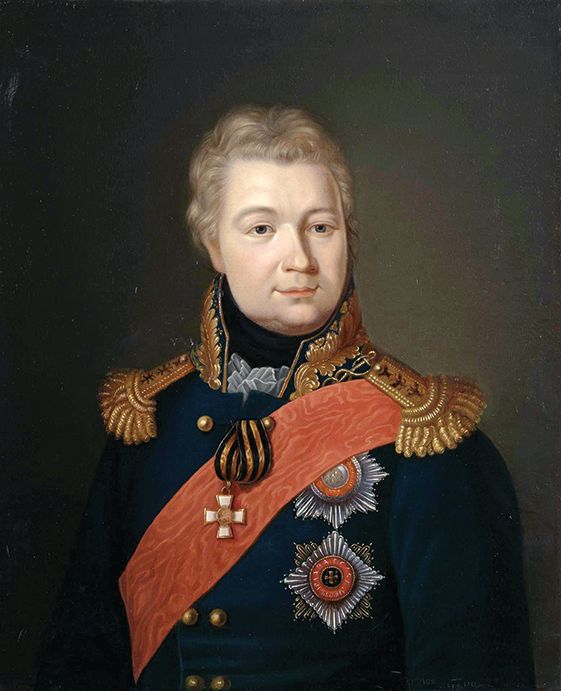
With Victor now covering the army, Napoleon felt secure enough to send his Guard over the river. Count Jozef Zalusky, of the Polish Lancers, remembered “having never been so hungry as I was at Borisov. Fortunately, the officers of the regiment were able to purchase provisions at the village and even a litre of rum for a louis d’or.” While the Polish Lancers seem to have got across the river with little trouble, it was a different story for the Dutch “Red” Lancers: “We had to open a way through by brute force. In the end we were forced to draw our swords and behave like madmen, using the flat of the blade to knock aside those who blocked our way. It was in this style that we cleared a path, despite being pursued by a thousand curses.”
The Guard crossed followed by Junot, Eugene, and Davout. Napoleon himself crossed the Berezina escorted by 200 Chasseurs à Cheval and accompanied by Murat, Eugene, Berthier, Lefebvre, Lauriston, Lobau, Rapp, Durosnel, and Bessieres, late in the afternoon of the 27th. Between the units, numbers of stragglers made their way over to the far side of the river and a mob of stragglers had encamped at the approaches to the bridge, blocking access and wreaking havoc on the further movement of troops. Despite entreaties by Eblé, Victor, and Marbot, if he can be believed, this mass seemed oblivious to all. The night of the 27th was cold. Chevalier, an NCO in Napoleon’s Chasseurs à Cheval described it thus: “Napoleon was lodged in a miserable barn while we established ourselves in a stable, man and beast together, managing to light a fire in the centre and lying, all about. We slept until the arrival of the wounded General Legrand, and Latour-Maubourg; they begged to be allowed in amongst us—how could we refuse such brave men? Legrand was suffering from his wound and Latour-Maubourg had completely lost his voice. I was fortunate enough to be able to offer them some hot tea, which warmed them somewhat, but that was all we had.”
Not everyone found shelter that night. Cesare de Laugier remembered that “although IV Corps had been ordered across the river at 8 p.m. a good number of officers and men, scattered in farms and stables, [never] heard the order, or perhaps ignored it.” Laugier crossed and camped on the right bank: “We camped behind a burnt village on a frozen marsh close to the banks of the river. The wind, snow and cold made it necessary for us to run about in order to stop ourselves from freezing. To add to our woe, wood was so rare that we had to beg some from a group of Bavarians.”
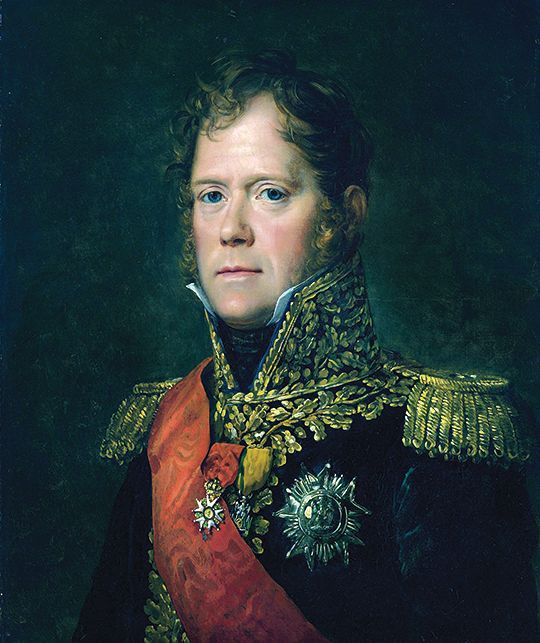
As dawn broke after that bitter night, the scene was set for two battles and a veritable fight for survival as Napoleon’s army, caught in the delicate act of crossing a river, was attacked from both sides. Tchichagov, finally realizing his mistake, and hearing of Tchaplitz’s defeat, made his way northward to Borisov and sent Langeron in the direction of Brilowa. Langeron was beaten back by Ney, and Tchichagov, who had sent messages across the Berezina to Wittgenstein and agreed to a joint offensive on the 28th, made preparations for an all-out attack.
Clumsily moving forward out of Bolshoi-Stakhov with 9,000 infantry, Tchichagov advanced against Oudinot and Ney. Oudinot had deployed the 123rd Line, a Dutch regiment, and his four Swiss regiments in the front line. To their left were arrayed Ney’s corps and the three regiments of the Vistula Legion under Claparède. Next to the Berezina, to the left of Ney, stood Delaborde’s Young Guard division. Doumerc’s cuirassiers, Poniatowski’s V Corps, commanded by Zajonczech, Legrand’s and Lagrange’s divisions of II Corps, plus some elements of the Old Guard, were placed in the second line.
At 9 a.m. the first wave of the Russian assault, seven regiments of Jägers supported by artillery, made its way forward through the partially wooded, snowy and broken terrain, opening a heavy fire on the French position. The Swiss began to run out of ammunition, keeping the Russians back by repeated bayonet charges through the thick snow, until being forced back in turn by deadly Russian artillery. Oudinot was wounded while encouraging his four Swiss regiments, and Ney assumed command.
Ney then launched a counter-attack, using Claparède’s Poles, the Dutch regiment, a Croatian regiment, and Doumerc’s cuirassier regiment. The cuirassiers— the 4th, 7th, and 14th Cuirassiers supported by some 70 Lithuanian Gendarmes—fell upon Cherbatov’s Russian division, caught it in column, and rode over it. “Our grenadiers were taken by surprise, sabred and routed,” a Russian officer wrote. A brief and ferocious melée followed with infantry and cavalry fighting in the snow.
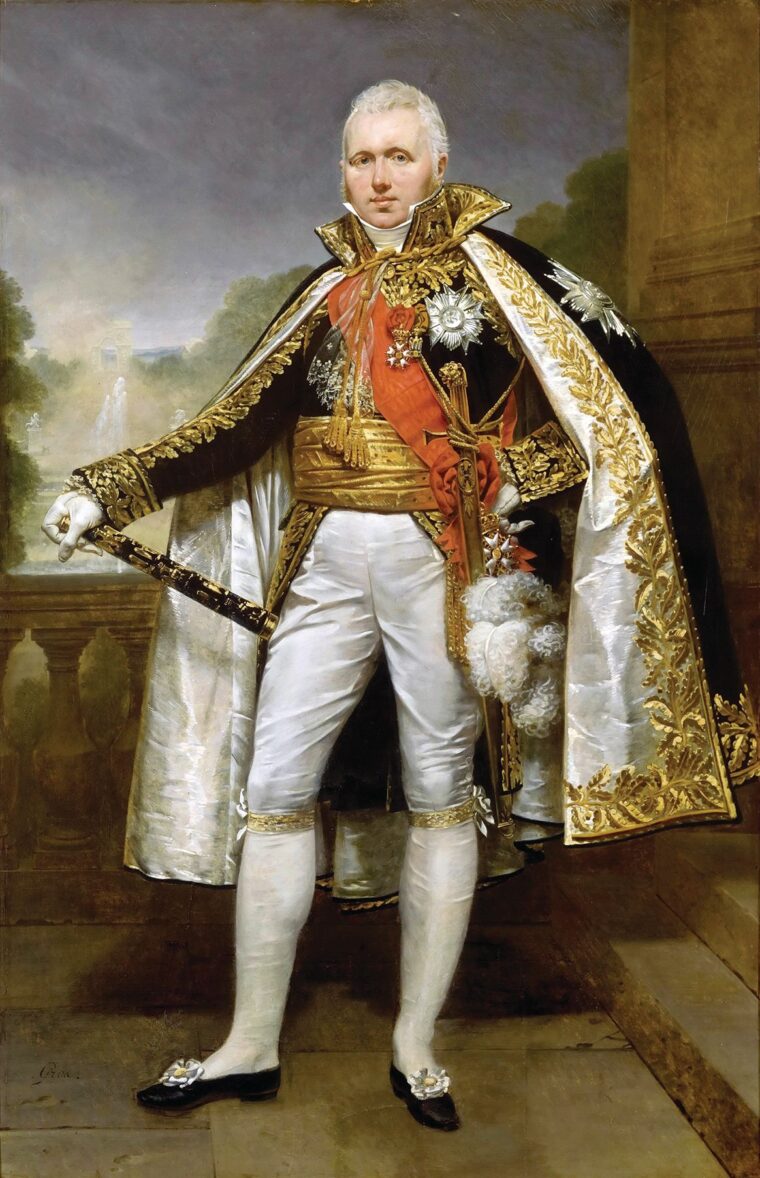
Of these events, Brandt records a tragedy: “Many officers, such as Colonel Kousinowski, had worn furs on that day and had been indistinguishable from the Russians. This had led to a terrible mistake when French cuirassiers had fallen upon the infantry and sabred friend and foe alike.”
The French cavalry pursued the fleeing Russians as far as Bolshoi-Stakhov, riding down the reserves only to be beaten back by two squadrons of the Pavlograd Hussars led into battle by Chaplitz himself. Taking advantage of the confusion, Ney seized the initiative and launched his Swiss and Poles into an attack and ordered the 4th and 5th Voltigeurs of the Young Guard forward. As the drums began to roll and the Voltigeurs prepared to advance, Col. Jean-Francois Hennequin of the 5th had his horse shot from under him. As his men ran to him, he called out, “I am at my post gentlemen; let others remain at theirs.” Hennequin mounted another horse and led his men into the battle.
Unable to stand the pressure, it was the Russians who were next beaten back, only resuming a cautious advance toward the French lines very late on the 28th. But the French line held, allowing the Grande Armée to slip away and on to Vilna.
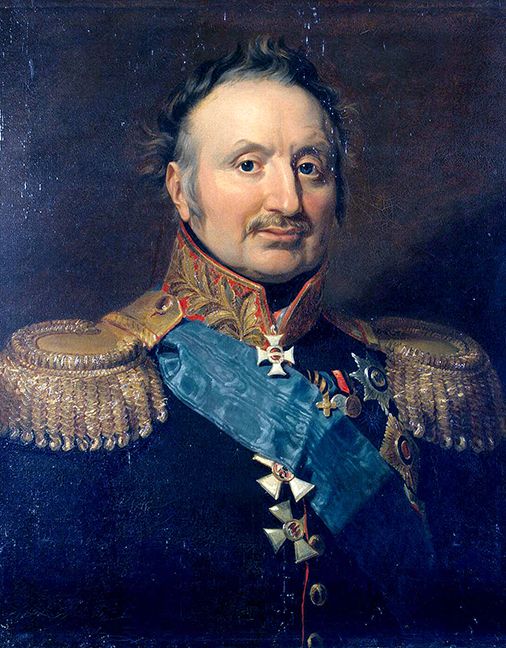
The battle had been costly for both sides: The French had lost 5,000 men, Marshal Oudinot had been seriously wounded, and generals Claparède, Zajonczech (who had his leg amputated by Larrey on Napoleon’s camp bed), Rapp, Amey, Dombrowski, and Kniaziewicz had also been wounded. The Swiss had suffered enormous casualties (46 officers killed and 37 wounded from the 4 regiments), as had the Croats (3 officers killed and 15 wounded in two battalions) and the Vistula Legion (5 officers dead and 42 wounded in the Legion’s 3 regiments).
The Russians had also suffered, losing some 3,000 men captured—and paraded before Napoleon covered in bloody wounds according to General Armand de Caulaincourt—and considerably more killed and wounded. The wounded mostly died, exposed to the bitter cold with no shelter. While the bitter battle swung first this way and then that, the process of crossing the river continued. As Russian artillery could now be heard behind them, the stragglers camped on the banks made a convulsive effort to cross the swaying bridges en masse. Captain Vossler, a Württemberg cavalryman in Ney’s III Corps, describes the scene:
“An immense flood of men, horses and wagons now surged towards the bridge. I was thrown to the ground by a sudden sharp thrust of the mob and was severely trampled and bruised. Once more I was about to resign myself to my fate, seeing how remote, in such circumstances, was the chance of a helping hand, when I saw looming above me a fellow-German, a Saxon cuirassier. I called out to him, he seized me by the arm, pulled me up and heaved my horse to its feet also.”
Another Württemberger, Jakob Walter, adds: “Everyone crowded together into a solid mass, and nowhere could one see a way out or means of rescue. We stood unprotected from grenades and cannon-balls which the Russians hurled at us from all sides. At each blow between three and five men were struck to the ground, and yet nobody was able to move a step to get out of the way. Only by filling up the space where a cannon-ball made room was it possible to move further forward.”
Meanwhile, on the left bank, Wittgenstein launched a series of assaults to cut Victor off from the bridges. The French marshal was warned of the coming threat when he and Captain Boyenbourg were showered with earth and snow by a Russian roundshot. Russian artillery began falling on the stragglers and the bridges, causing still more panic and confusion in Victor’s rear.
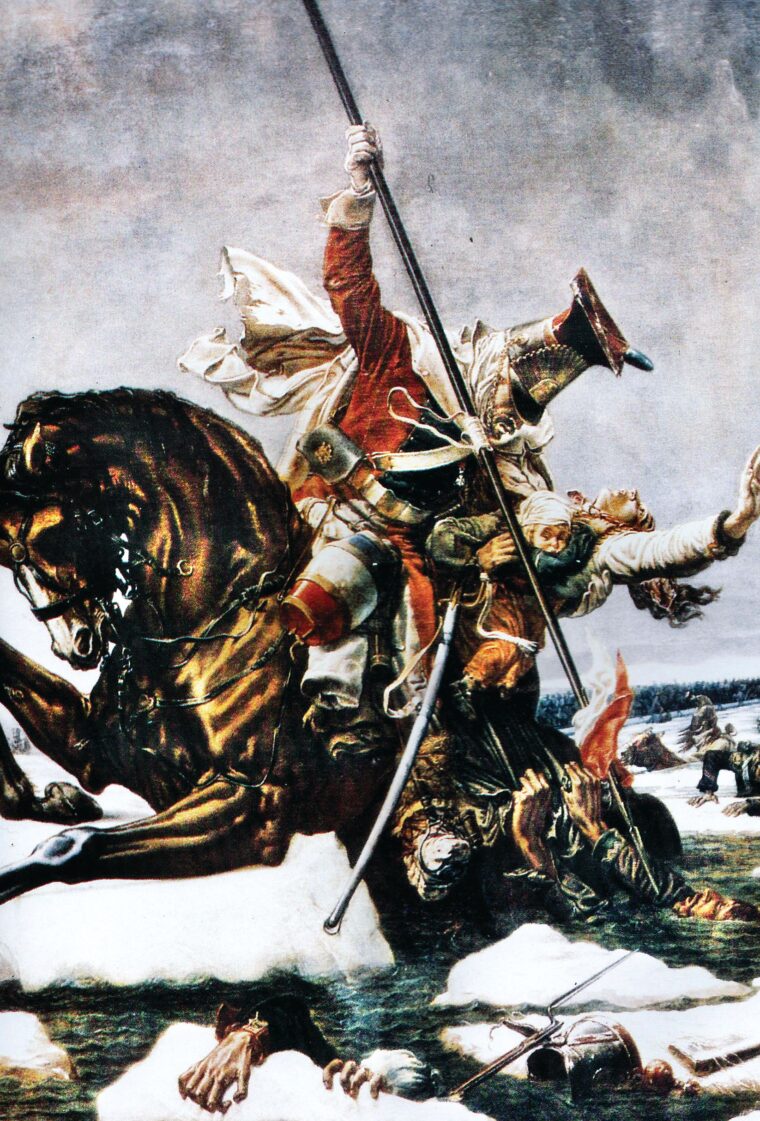
Victor was anxiously awaiting his rear guard, Louis Partonneaux’s division; unfortunately the division took the wrong road from Borisov and found itself confronted by Russian troops. Its commander, riding ahead, was captured first (Chevalier writes that Partonneaux rode into the midst of the Russians shouting “Let us die with our weapons in our hands, Vive l’Empereur!,” but he was in fact taken entirely by surprise).
His division was shattered by point-blank Russian artillery and attacked by Czenozukov’s cossacks and Russian infantry, which drove the French and Dutch conscripts into a miserable wood. Here, they defended themselves heroically until, running out of ammunition, they were forced to lay down their arms and surrender. Some 5,000 infantry and two regiments of cavalry passed into captivity, just one battalion (Duboul’s 4th battalion) of the 55th Line managing to escape.
Caulaincourt records how news of Partonneaux’s division was received at imperial headquarters: “As may be imagined there was little inclination to spare General Partonneaux, to whose surrender this misfortune could largely be attributed. The emperor and the General Staff, the marshals and the officers, the whole army, were more than severe in their judgment on him. ‘His lack of foresight,’ everyone agreed, ‘is unpardonable. The surrender of this division without a fight [sic] is shameful.’ The word “cowardice” was used, and his surrender was compared to Ney’s brave resolution a week earlier. ‘If generals lack the courage to put up a fight, they might at least allow their grenadiers to do so,’ said the emperor.”
Meanwhile, Victor placed his remaining troops on the plateau that rings Studienka “like an amphitheatre.” He positioned Hochberg’s Badeners (“the only troops worth anything,” according to Victor), protected by a skirmish screen of Baden Jägers and the last remaining battalion of Partonneaux’s division on the right, its flank secured by the Berezina. Damas and his inexperienced Berg brigade—much depleted as many Berg troops had been left and lost as garrison in Vitebsk—held the center; and, on the left, General Girard placed his three regiments of veteran Polish infantry (the 4th, 7th, and 9th). Unfortunately the Polish left hung in the open and could be protected only by Francois Fournier’s small Hessian and Baden cavalry brigade. In reserve Victor had two Saxon infantry regiments and a battery of 14 guns.
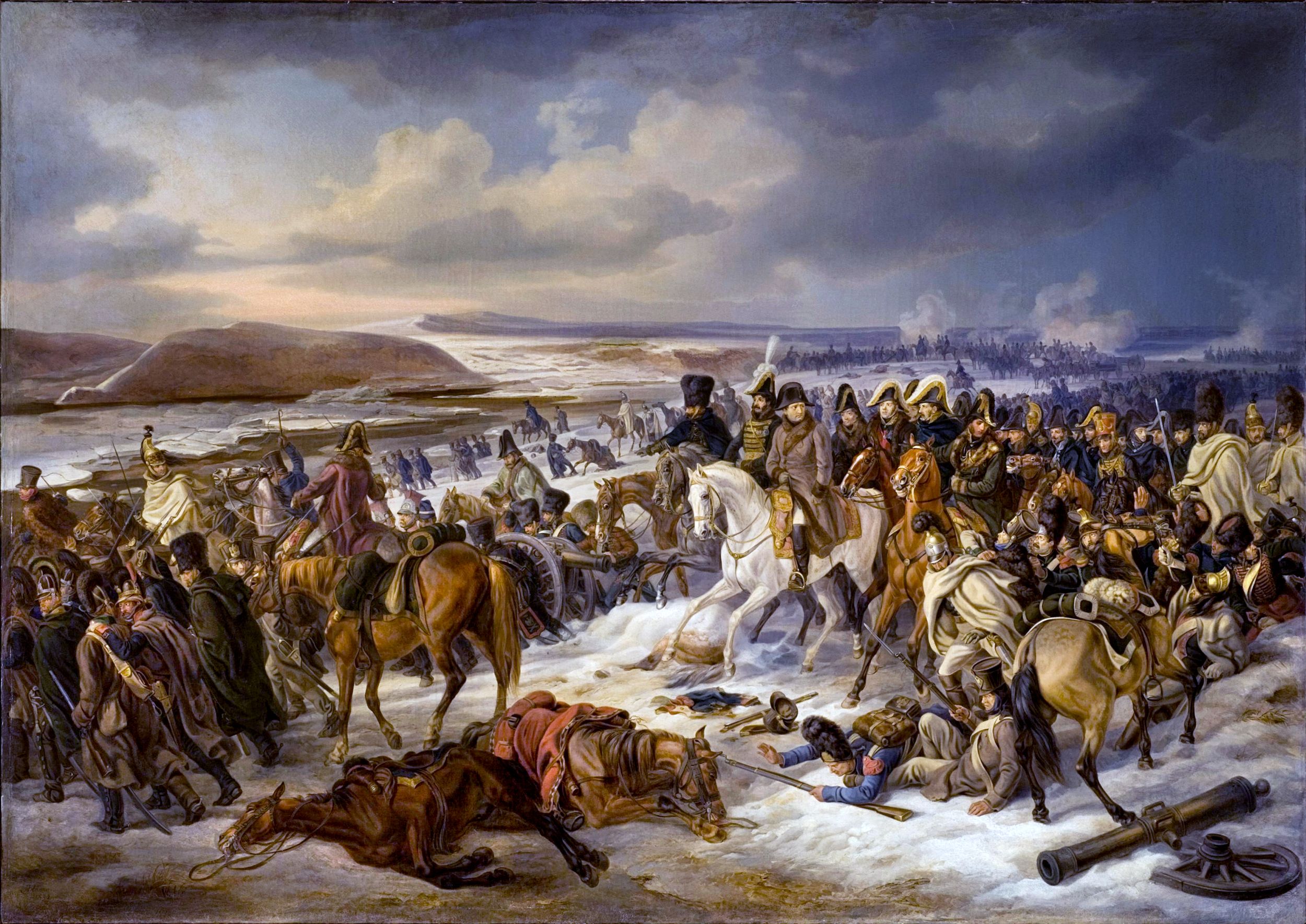
Wittgenstein attacked Fournier’s cavalry first, sending hussars and cossacks against the Germans. He then opened up with a battery to pound the French right and shell the bridges. He then launched an assault against the Badeners, with Russian columns advancing at the double in their heavy greatcoats to loud “hourrahs” and the beating of drums. The Russians swept back the Jägers and the battalion of the 55th, but were halted and turned back by a determined bayonet charge by Baden line infantry. The bayonet was, as with the battle on the right bank, playing a crucial role in the horrendous conditions.
Wittgenstein steadily increased his artillery barrage, concentrating on breaking the weakest part of the French line—the position occupied by the Poles. To give the Poles some respite Victor ordered his Berg brigade to advance. The young troops met with disaster when they were swept by Russian artillery and charged by Russian infantry. The Berg troops fell back in complete disorder, having suffered heavily from the fire of 32 guns, and withdrew, covered by the Poles and the Saxon regiment von Low.
Seeking to take advantage, Wittgenstein launched an assault against the Poles. Victor ordered Fournier’s cavalry to counter attack and buy time for his troops to steady the line. Fournier had been wounded early in the action and command of his cavalry brigade, consisting of the Baden Hussars and Hessian Chevau-légers, passed to Colonel Laroche of the hussars and he ordered the charge. Colonel Dalwigk, commanding the Hessian cavalry, describes what happened next: “Enemy light infantry appeared and engaged ours in skirmishing; the Russian artillery opened up on us but we were fortunate not to suffer much as the roundshot mostly passed overhead. Soon a Russian infantry regiment [the 34th Jägers] debouched from the woods, supported by a battery. I charged the infantry but was beaten off. I charged again, this time supported by the Baden Hussars, we broke the square and we took prisoner all those who were not sabred. We continued our attack, despite the artillery fire. We advanced through a defile, which made things difficult, and the Russian cavalry—mostly cuirassiers—caught us before we had time to deploy. We could not withstand their charge and our men were almost all killed or taken.”
Laroche had been wounded during the attack and taken prisoner; he was rescued by Sergeant Springer and brought back to the French lines. The charge, although costly, bought time and passed into history as the “Charge of Death.” Of the 350 men who rode forward only 50 returned. Wittgenstein attempted one more assault, attacking the right and left flanks simultaneously. It was beaten off and “at 6 p.m. the enemy artillery fire ceased, the enemy remained in position and we held ours.” Casualties had been heavy. Victor himself had been wounded, as had generals Damas, Gauthier, Gerard, and Fournier. Command of the corps passed to Hochberg, the marquis of Baden. That night, lit by a bright moonlight sky, IX Corps began withdrawing, pushing its way toward the bridge and crossing in good order at 9 p.m.
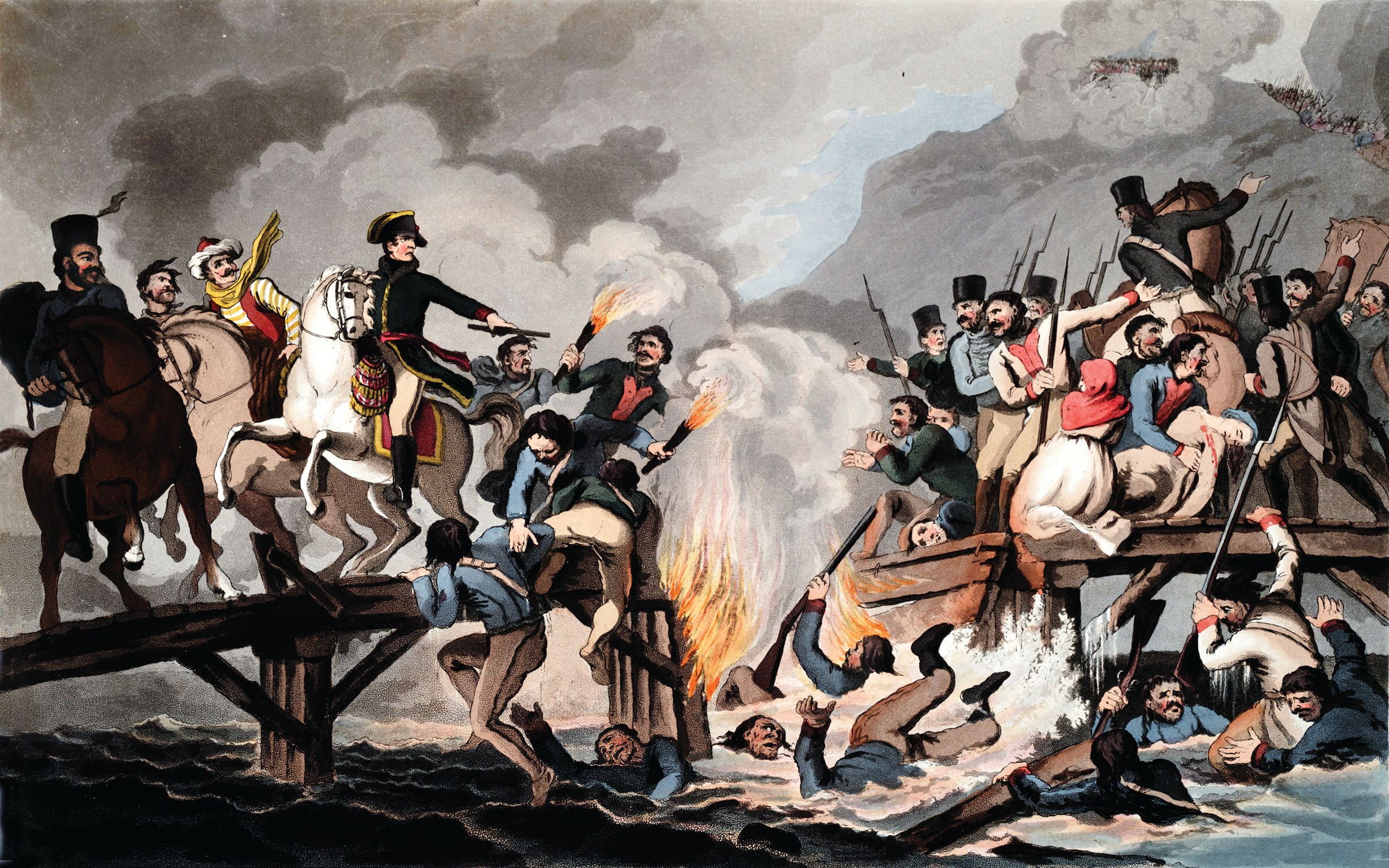
A Hessian soldier remembered the scene as he made his way to the bridges: “The press of men and animals was indescribable. Huge munition wagons bore down on the crowd crushing and mashing everything in their path.” The Berg brigade had been reduced to 120 men, commanded by Oberst Genty. The Poles were down to 250, and the Badeners just under a thousand. The last formed troops to cross were von Zech’s Baden grenadiers, marching over at 1 p.m. They left 20,000 stragglers huddled around the flickering fires; worn out and inert, they awaited the morning.
Victor and Eblé harangued the stragglers as dawn broke on the 29th, but few responded. Colonel Seruzier records the scene: “In vain I told the stragglers that they would be saved if only there was a little order; that their safety depended on crossing at once, and that our army’s salvation depended on the bridges being broken. A few responded and crossed over. The greater number lingered on the left bank.”
Eblé had orders to fire the bridges at 8:30 a.m. but he delayed as long as possible to give the noncombatants a final chance. Then, being unable to risk the bridges falling into Russian hands, he ordered Seruzier to fire them at 9 a.m., which he reluctantly did. Eyewitness accounts report that an agonizing howl went up from those stranded on the left bank. Sergeant Bourgogne saw what happened: “Numbers jumped into the water, hoping to swim through the ice floes, but not one reached the shore. I saw them all in the water up to their shoulders, and, overcome by the terrible cold, they all perished miserably. On the bridge was a sutler carrying a child on his head. His wife was in front of him crying bitterly. I could not stay to watch any longer, it was too much for me to bear.”
In fact a few did manage to swim across—such as Lieutenant Lippert of the Hessian Chevau-légers, leading 12 troopers—but most drowned in the attempt. A majority of the stragglers were left to the mercy of the Russians. They were pillaged by the omnipresent cossacks, drawn as ever by the prospect of loot, but there was no general massacre. Most would die of hunger or of cold—their captors had little to offer them and were suffering themselves—and a vast number would die of typhus, which swept the little town of Borisov over the next few weeks. A Russian officer describes the scene at the foot of the fatal bridges: “Nothing in the world more saddening or distressing. One saw heaped bodies of men, women and even children; soldiers of all arms, all nations, choked by the fugitives or hit by our artillery; horses, carriages, guns, ammunition wagons, abandoned carts. One cannot imagine a more terrifying sight than that of the two broken bridges, and the river frozen to its very bottom. Both sides of the road were piled with dead in all positions, or with men dying of cold, hunger, exhaustion, their uniforms in tatters, and beseeching us to take them prisoner. However much we might have wished to help, unfortunately we could do nothing.”
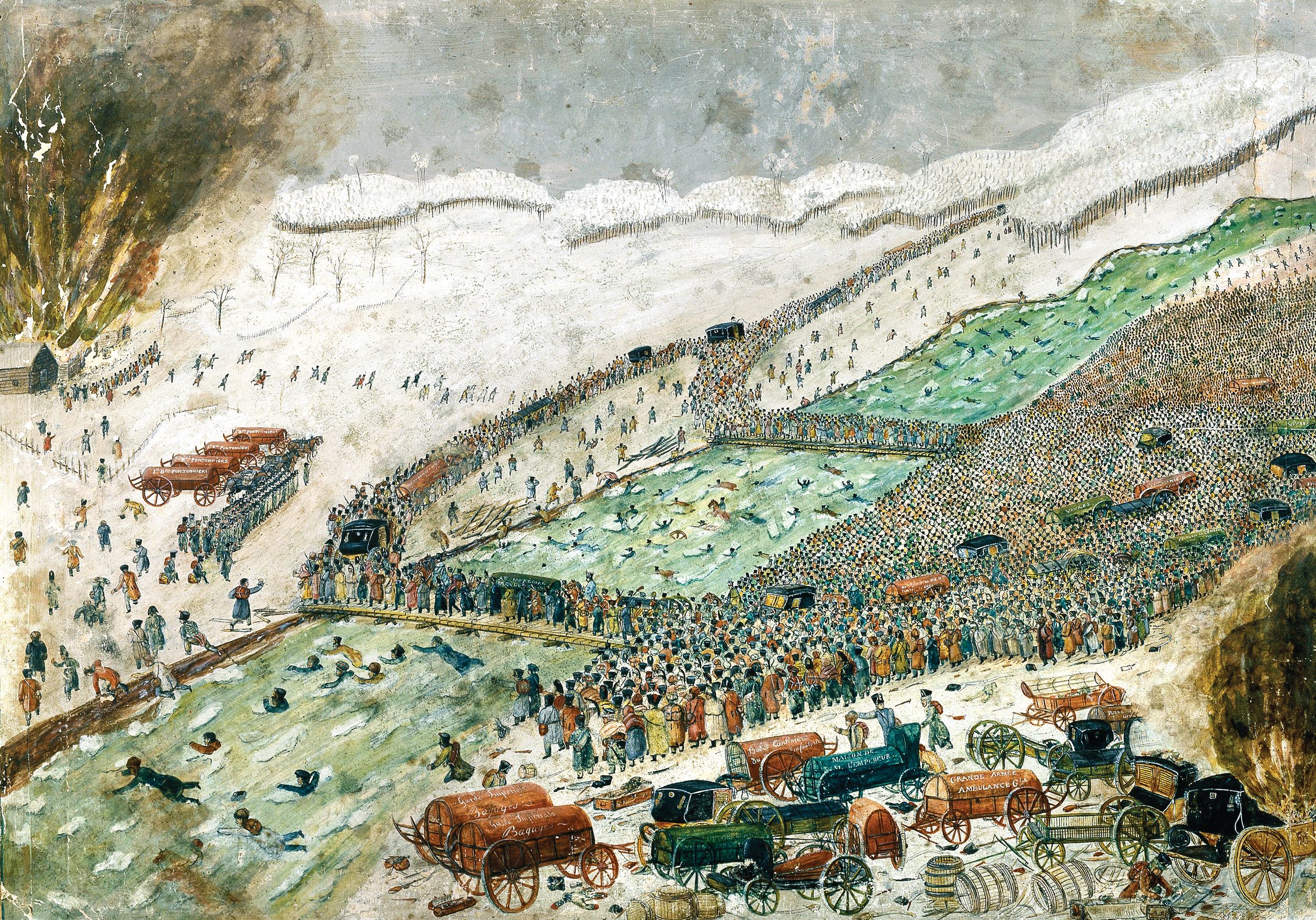
The French, turning their backs on the disaster, pressed on toward Vilna. But their troubles were not over. Heinrich von Brandt records the scene as his regiment quits the banks of the Berezina and marches for Vilna, passing a convoy of men wounded in the battle of the 28th November 28: “At Zembin we came across fires lit by Davout’s troops. These had crossed the Berezina the day after we had crossed. Here and there were men gathered around the fires, asleep—for ever! We ourselves were just settling down when the cry went up, ‘Look out! Here come the stragglers! Let’s get going before it is too late!’ Our little column marched on, steadily reducing in numbers. As day approached, it grew colder. We passed a convoy of ammunition wagons onto which badly wounded men had been loaded. They begged us, as we marched past, to put an end to their sufferings. Onwards, ever onwards. Anguish soon began to turn into despair. We were constantly tripping over officers and men who had fallen to rise no more. The sun was blood red and the cold was unbearable.”
Of those that crossed the Berezina, barely one-third would make it back across the Russian frontier. That any made it at all was due to General Eblé and the bravery of the troops under Victor, Oudinot, and Ney, who fought and died so that others might live. Ten years later Major Blesson visited the scene of the various battles and the point where the French army crossed:
“Near Studyanka we spotted—just think of it, ten years after the catastrophe—a mass of cloth, leatherware, shako covers strewn around the ground and fields. These relics grew thicker as one approached the river, lying in heaps, mingled with the bones of human beings and animals, skulls, tin, bandoliers, bridles and such like. Where the main bridge had been, an island close to the bank divides the river into two arms. The island owes its origin to the vehicles and bodies which fell off the bridge, and to corpses covered in mud and sand. We made our way with difficulty along the bank amid more relics, and soon reached the second footbridge. Here in particular we came on piles of fittings and mountings, or what remained of them, but there were no mounds of the dead here, since the bodies had been swept further downstream. Below the island three boggy mounds had been formed, and these were covered in forget-me-nots.”
Jonathan North is a military history writer working in London, U. K. He last wrote for Military Heritage about Napoleon’s siege of Saragossa, Spain.
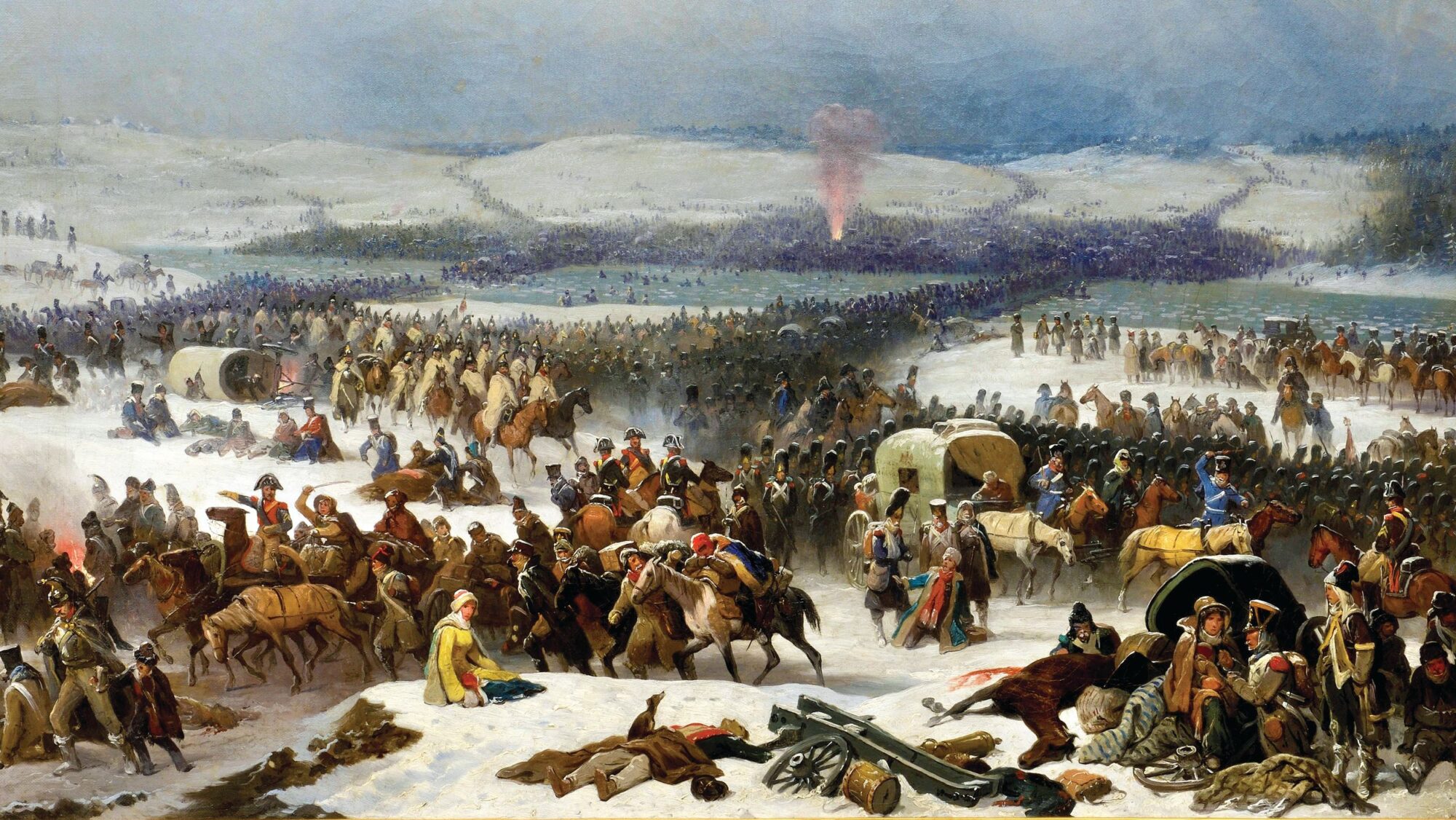
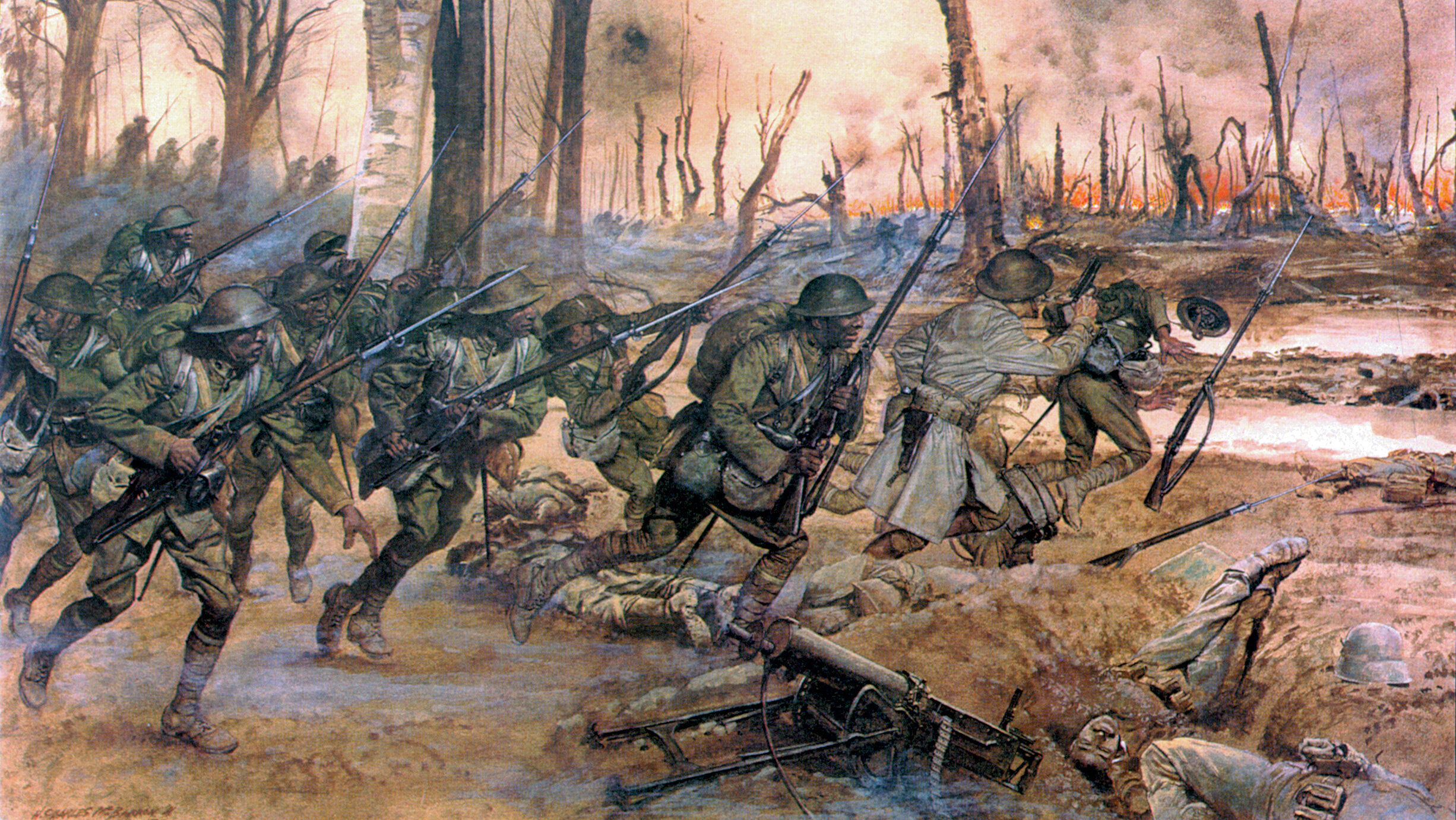
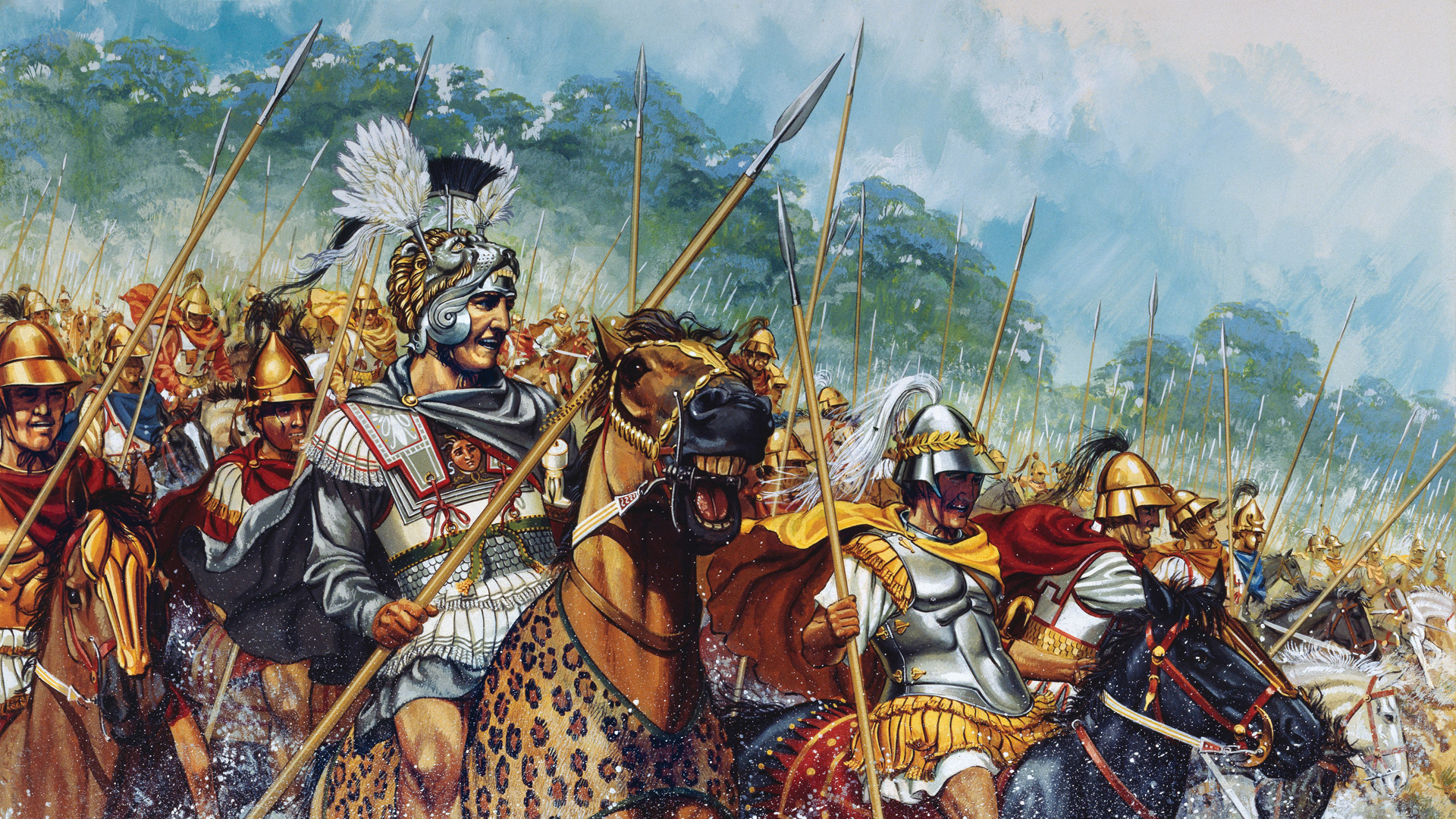
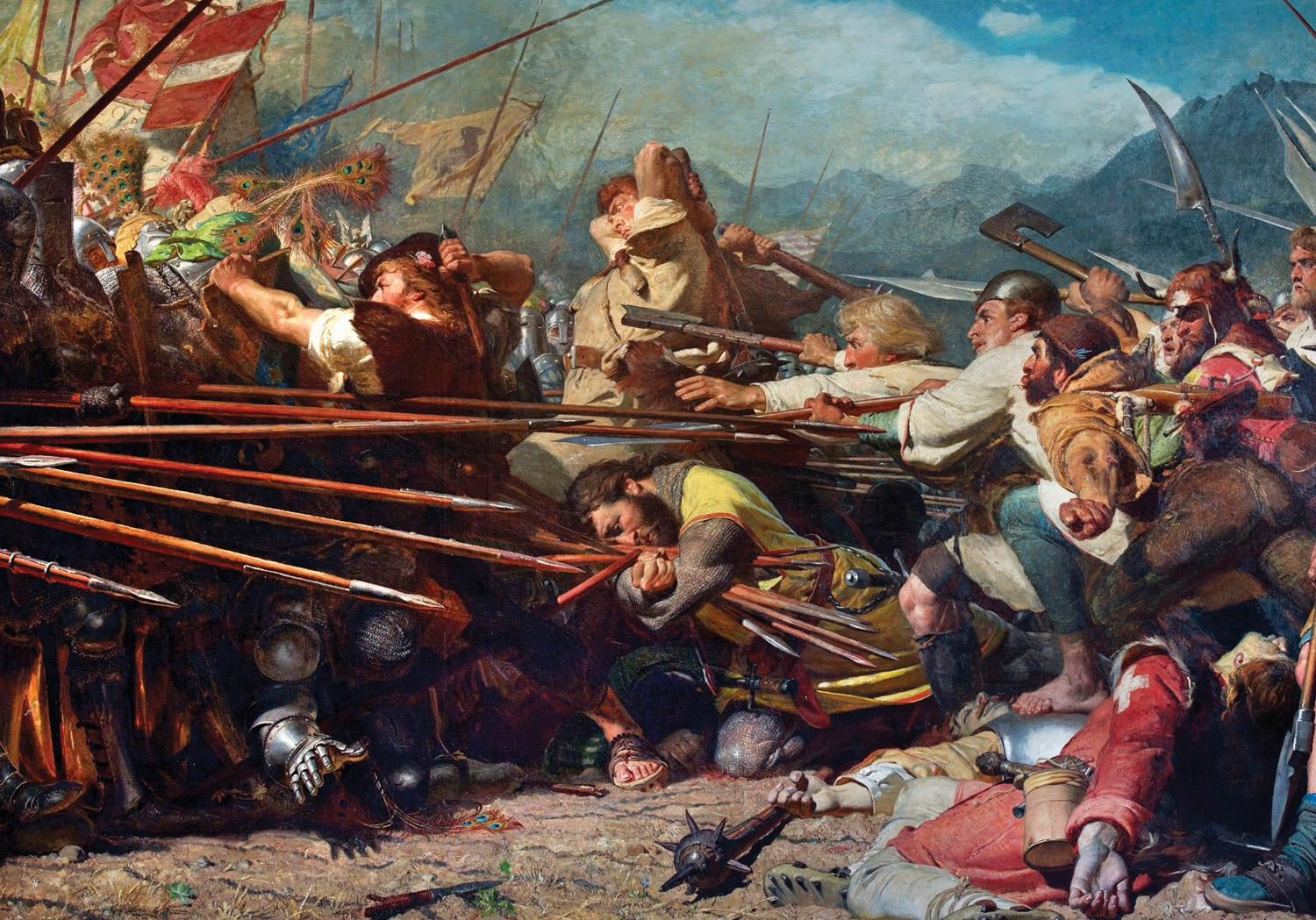
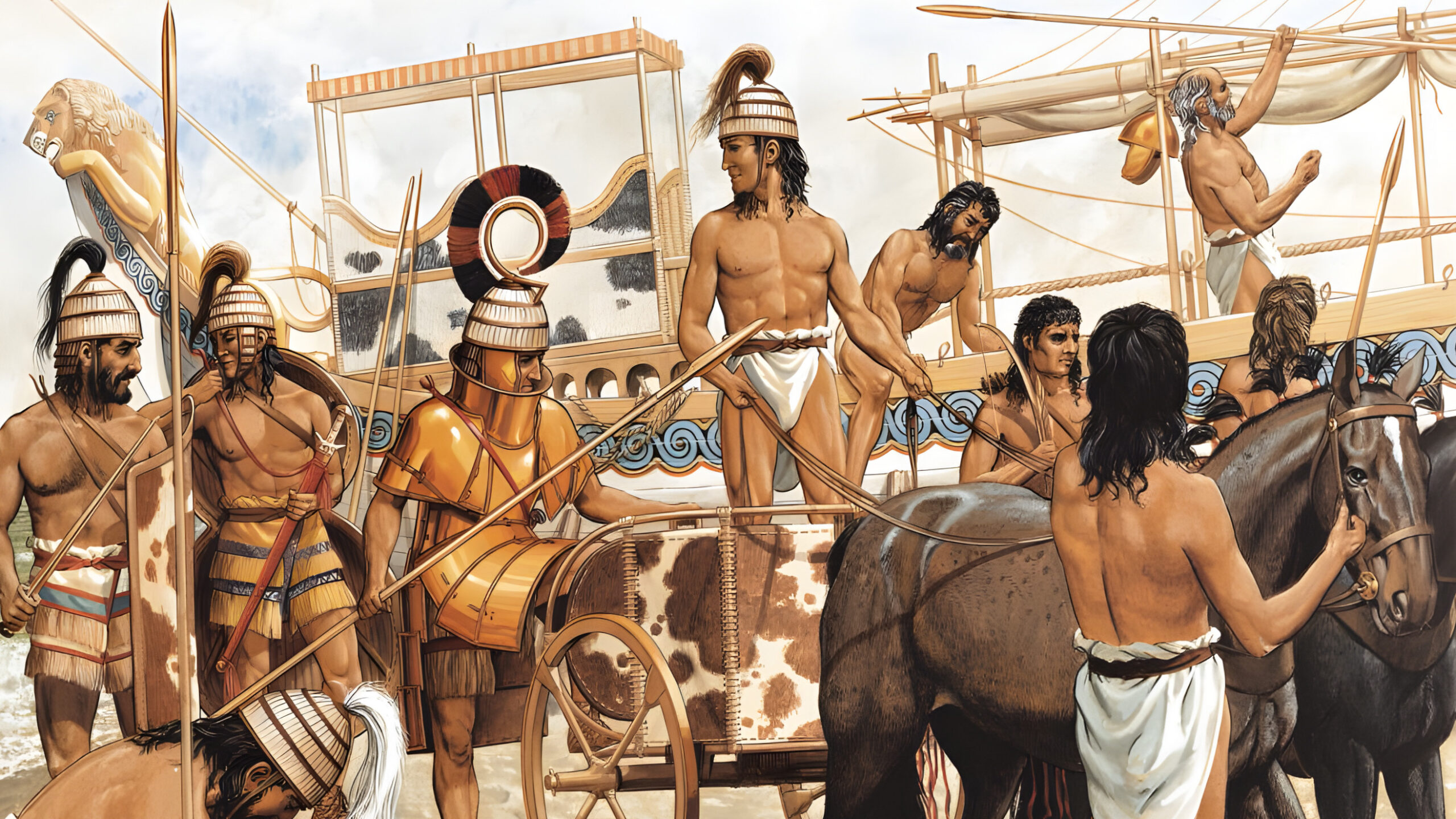
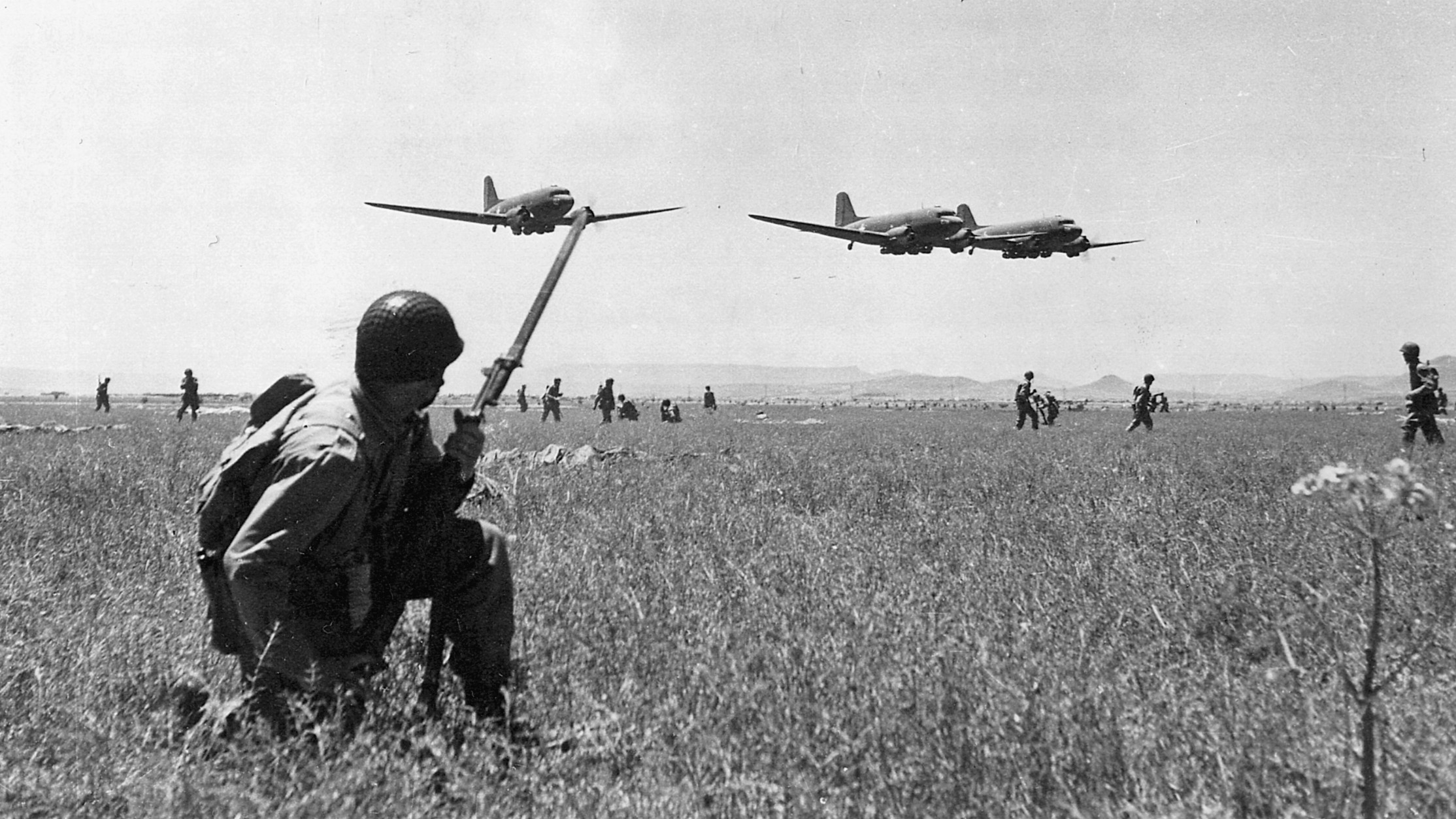

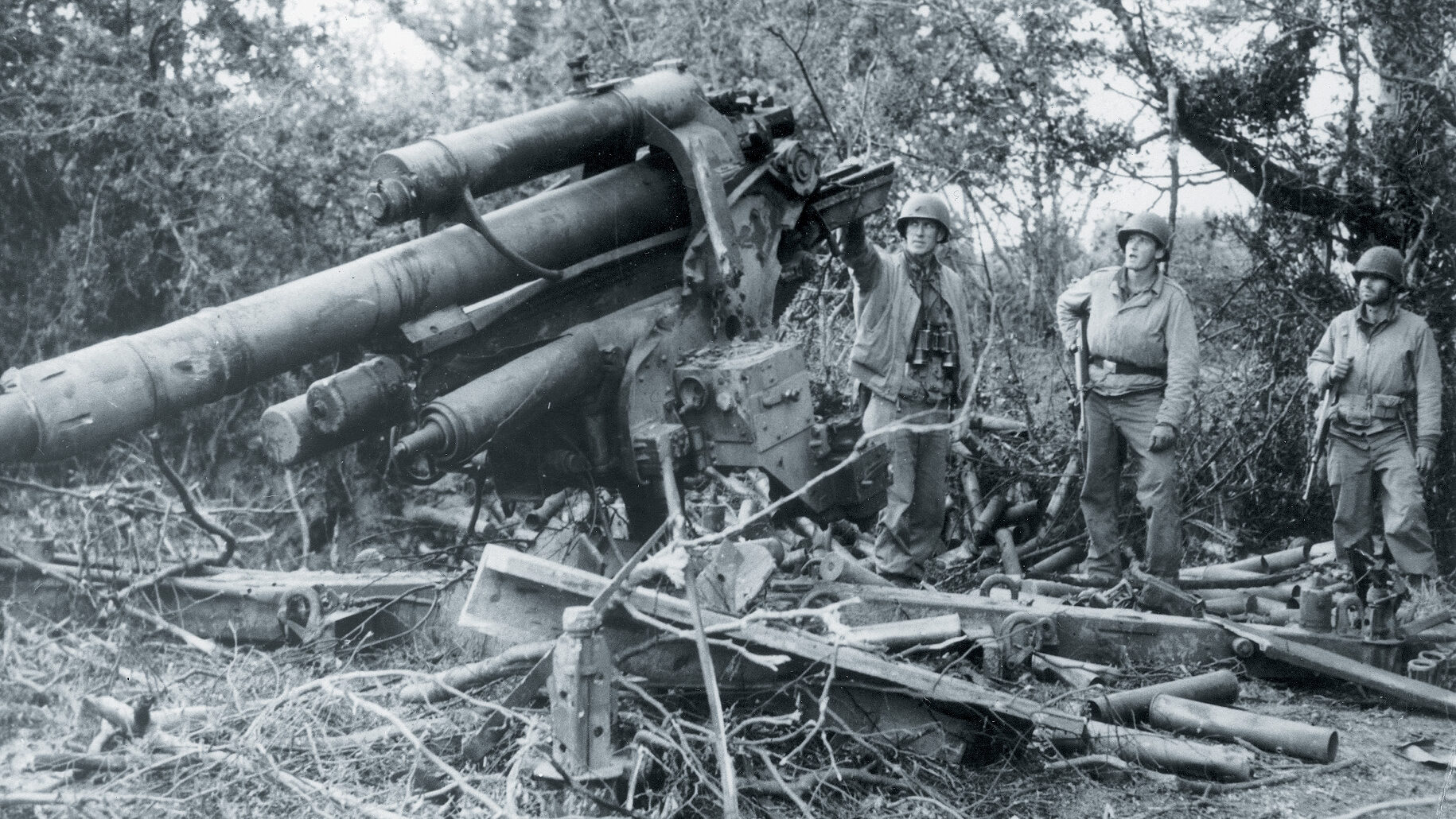
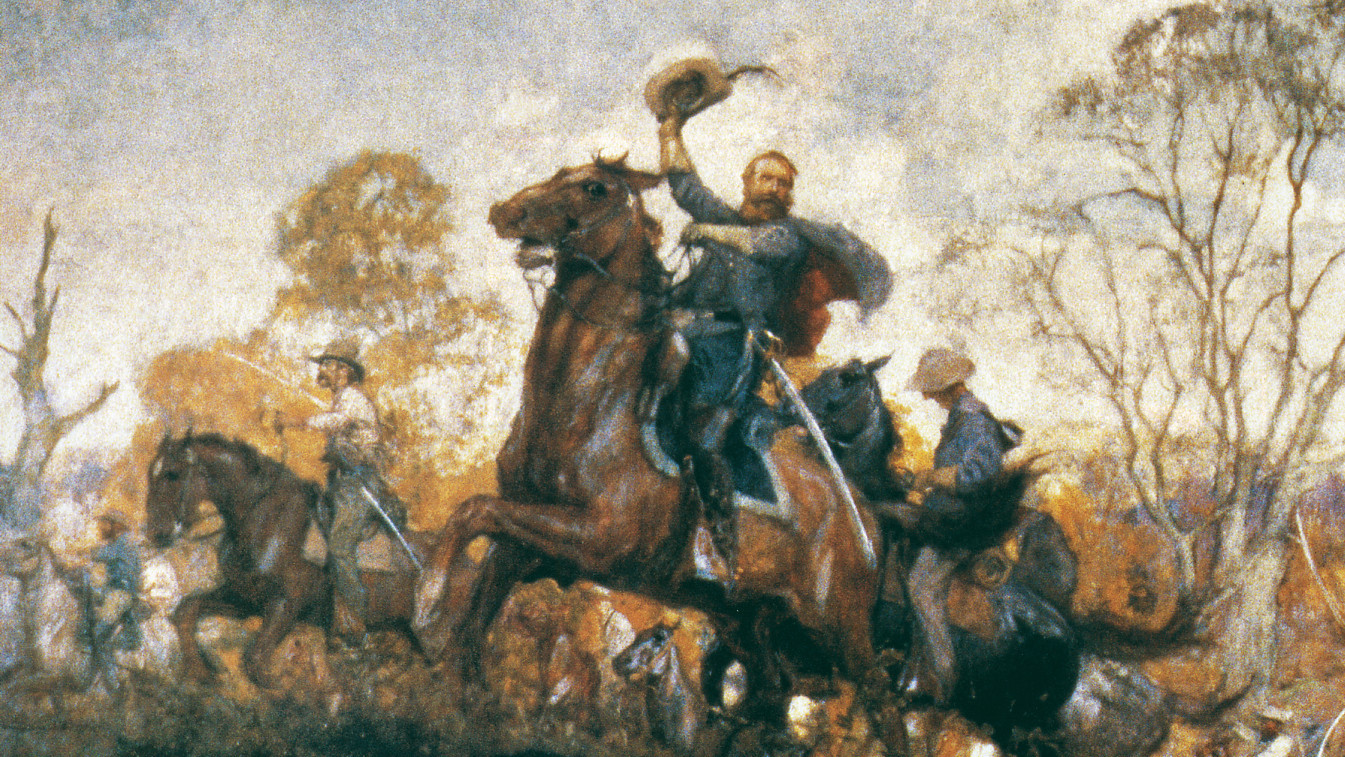
Join The Conversation
Comments
View All Comments